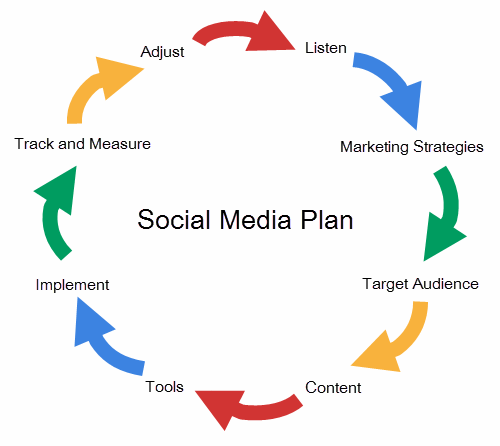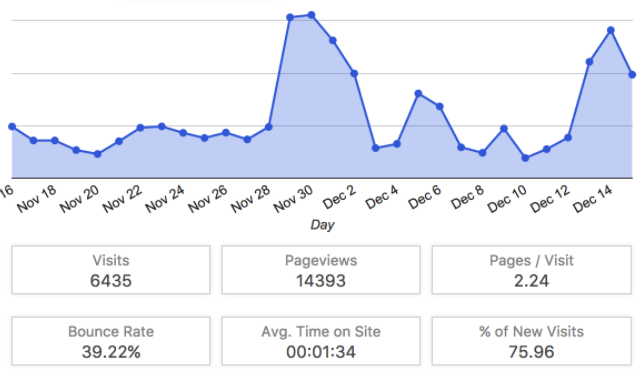Business owners across all verticals are always looking for the best social media platforms to…

Social Media Marketing: The Three T’s To Get Started With Your Social Media Plan
Post #1 of 3 in the series: Writing a Social Media Plan
As I am writing the social media plan for my company, I am reminded of the many times I have worked with my clients on their social media plans or reviewed this concept in my classes on Social Media Marketing(SMM). Each company will have a different approach to Social Media Marketing and thus, a unique social media plan. The goal in writing a comprehensive plan is to give the internal team a roadmap for success, which outlines very specific tactics and expectations with examples and standards for an effective marketing effort.
There are several key components that should be reviewed and decided upon prior to the creation of the Plan. A good social media plan will serve as a roadmap for the employees who are writing content, posting, moderating and engaging with your company’s social networks. This will also save time and energy by providing answers and best practices up front.
In one of my recent social media classes, I was impressed with a large spirits company’s commitment to a strong social media plan for their internal team. The head of social media worked closely with their governance team to create a roadmap that helps the 6+ team members understand how to best utilize social channels to engage with customers and promote their brands in the best possible ways. The team members know what is expected of them in terms of timing (do I have to respond immediately if someone posts a question at 3am on a Saturday night?), tone (should I have fun with the blog posts and use my own voice or the voice of the company / brand?), tools (can I use some type of automation to manage the social platforms and save time?).
Timing: The world of social media seems to move at the speed of light. A good plan will outline the company’s expectation of response time for the social media team. When people engage with your brand (negative, positive or indifferent), it is important to respond and participate in the conversation. People have different ideas of what it means to “respond quickly”, so it is recommended to clearly identify your desired timing. For example: During business hours we always respond within 2 hours. In off-hours, we respond within 1 day or 24 hours.
Tone: Some companies treat their social media as an opportunity to connect with customers in a less formal, more casual environment. However, it is important to clearly define the company’s preferred tone and to give examples or sample posts so the internal team feels secure in the way they communicate with fans and followers.
Tools: There are many tools available to assist with social media management, including free tools, like BufferApp and Hootsuite, and enterprise tools like Shoutlet and Radian6. A company should research and identify the proper tools for their SMM based on the size of the team, the number of social networks and profiles and the complexity of the program. By pinpointing the tools which can be used within the social media plan, companies will have greater participation and interest in social media marketing. People will notice that they can save time and create better efficiency by utilizing the tools that have been provided by the company.
Check back for my next post, which will sort through the noise and review how to recognize the appropriate social networks for your social media plan. Part 3 will be a primer on benchmarking and metrics to determine the effectiveness of the program.



